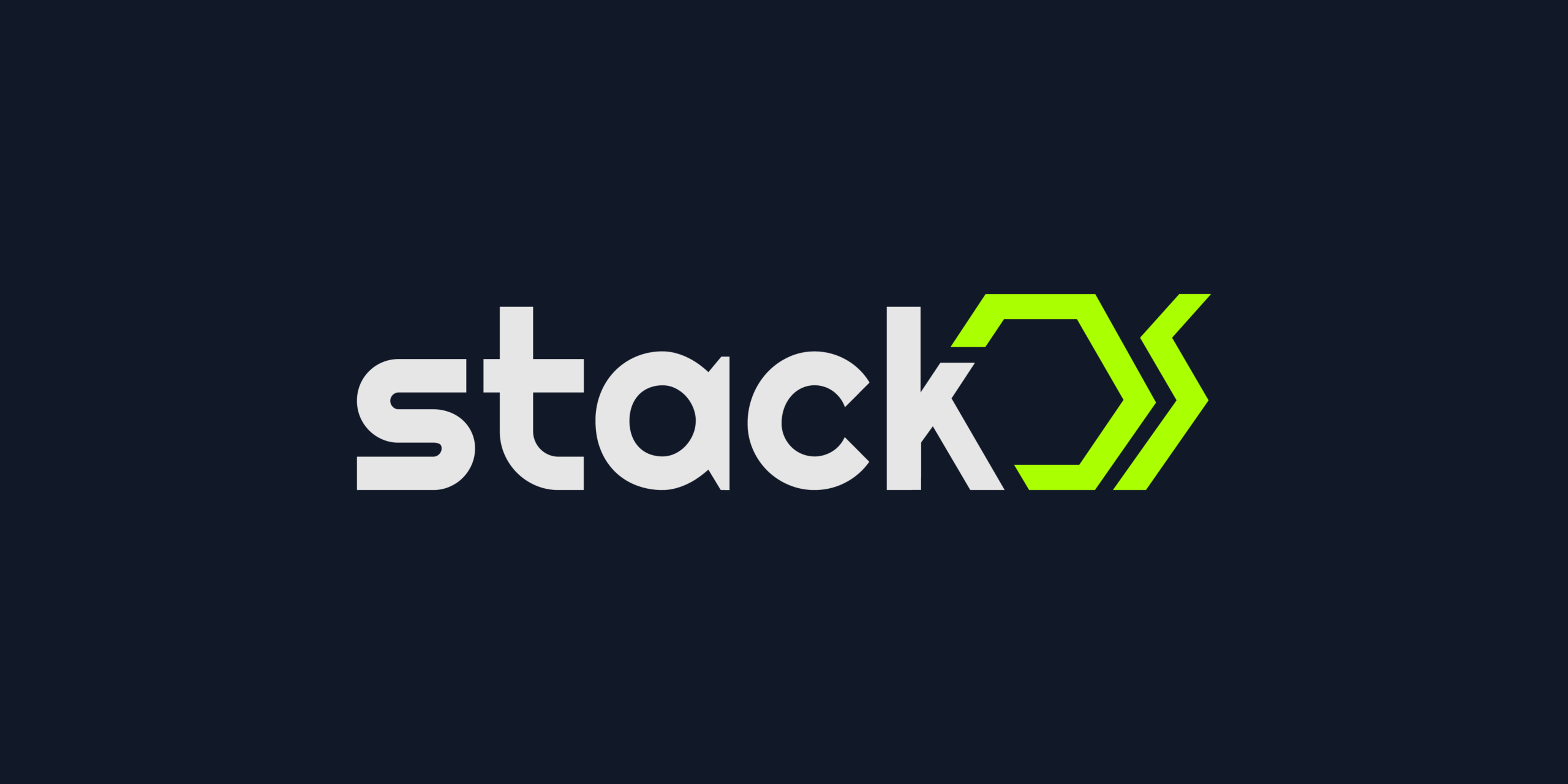Introduction
ZetaChain is a Layer-1 blockchain and developer platform leveraging Cosmos SDK and Tendermint Consensus. It is uniquely positioned in the blockchain ecosystem, aiming to bridge various L1 and L2 chains, thereby enabling a seamlessly interconnected crypto world. This review objectively analyzes ZetaChain across multiple dimensions, including its innovation, architecture, code quality, product roadmap, usability, and team, and provides a concluding assessment.
ZetaChain Innovation
ZetaChain’s innovation lies in its omnichain approach. It’s not just another blockchain but a multi-chain interaction facilitator. This platform uniquely supports smart contracts capable of interacting across chains, fostering a new paradigm in application development. Such innovation is crucial in an era where blockchain interoperability is more necessary than a luxury.
Architecture
At its core, ZetaChain employs a Proof of Stake (PoS) consensus supported by validators operating through ZetaCore and ZetaClient. These components sustain the blockchain and enable the monitoring and signing of transactions across multiple chains using a Threshold Signature Scheme (TSS). This architecture is pivotal in achieving the desired omnichain environment, facilitating secure and decentralized transaction signing across various blockchains.
Code Quality
The code quality of ZetaChain appears robust and well-structured, aligning with industry standards. Implementing complex functionalities like cross-chain transactions and smart contracts interaction is executed precisely, reflecting the development team’s expertise and commitment to excellence.
Product Roadmap
ZetaChain is operational on a testnet, indicating a progressive approach towards full deployment. The roadmap likely includes extensive testing phases, integration with more blockchains, and the introduction of new features to enhance cross-chain functionality. Such a roadmap suggests a thoughtful and strategic approach to product development.
Usability
Its Ethereum Virtual Machine (EVM) compatibility amplifies its usability, allowing seamless communication and interoperability between various chains. This EVM layer, known as zEVM, extends the platform’s usability, enabling developers to deploy versatile and effective cross-chain applications.
Team
ZetaChain is backed by a diverse and extensive team of developers, combining expertise from various fields. This diversity is a strength, providing a range of perspectives and skills crucial for tackling the multifaceted challenges of blockchain interoperability.
Conclusion
ZetaChain is a formidable player in the blockchain space, with its innovative approach to cross-chain connectivity and a robust architectural framework. The project’s commitment to code quality and a clear product roadmap indicate a promising future. While the full potential of ZetaChain will be more evident after its mainnet launch, its current trajectory suggests it could play a significant role in shaping the future of blockchain interoperability and application development. This unbiased review recognizes ZetaChain’s potential while acknowledging that its long-term success will depend on execution, community adoption, and ongoing innovation in the fast-evolving blockchain landscape.
| Initial Screening | |||
| Keep researching | |||
| Does this project need to use blockchain technology? | Yes | ||
| Can this project be realized? | Yes | ||
| Is there a viable use case for this project? | Yes | ||
| Is the project protected from commonly known attacks? | Yes | ||
| Are there no careless errors in the whitepaper? | Yes | ||
| Project Technology Score | |||
| Description | Scorecard | ||
| Innovation (Out Of 11) | 11 | ||
| How have similar projects performed? | Good | 2 | |
| Are there too many innovations? | Regular | 2 | |
| Percentage of crypto users that will use the project? | Over 11% | 5 | |
| Is the project unique? | Yes | 2 | |
| Architecture (Out of 12) | 8 | ||
| Overall feeling after reading whitepaper? | Good | 2 | |
| Resistance to possible attacks? | Good | 2 | |
| Complexity of the architecture? | Very complex | 0 | |
| Time taken to understand the architecture? | More than 1 hour | 0 | |
| Overall feeling about the architecture after deeper research? | Good | 4 | |
| Has the project been hacked ? | No | 0 | |
| Code Quality (out of 15) | 14 | ||
| Is the project open source? | Yes | 2 | |
| Does the project use good code like C,C++, Rust, Erlang, Ruby, etc? | Yes | 2 | |
| Could the project use better programming languages? | No | 0 | |
| Github number of lines? | More than 10K | 1 | |
| Github commits per month? | More than 10 | 2 | |
| What is the quality of the code? | Good | 2 | |
| How well is the code commented? | Outstanding | 1 | |
| Overall quality of the test coverage? | Outstanding | 1 | |
| Overall quality of the maintainability index? | Good | 2 | |
| When Mainnet (out of 5) | 5 | ||
| When does the mainnet come out? | Mainnet Ready | 5 | |
| Usability for Infrastructure Projects (out of 5) | 5 | ||
| Is it easy to use for the end customer? | Yes | 5 | |
| Team (out of 7) | 6 | ||
| Number of active developers? | 5+ | 2 | |
| Developers average Git Background? | Intermediate | 1 | |
| Developers coding style? | Solid | 3 | |
| Total Score (out of 55) | 49 | ||
| Percentage Score | |||
| Innovation | 20.00% | ||
| Architecture | 14.55% | ||
| Code Quality | 25.45% | ||
| Mainnet | 9.09% | ||
| Usability | 9.09% | ||
| Team | 10.91% | ||
| Total | 89.09% |





